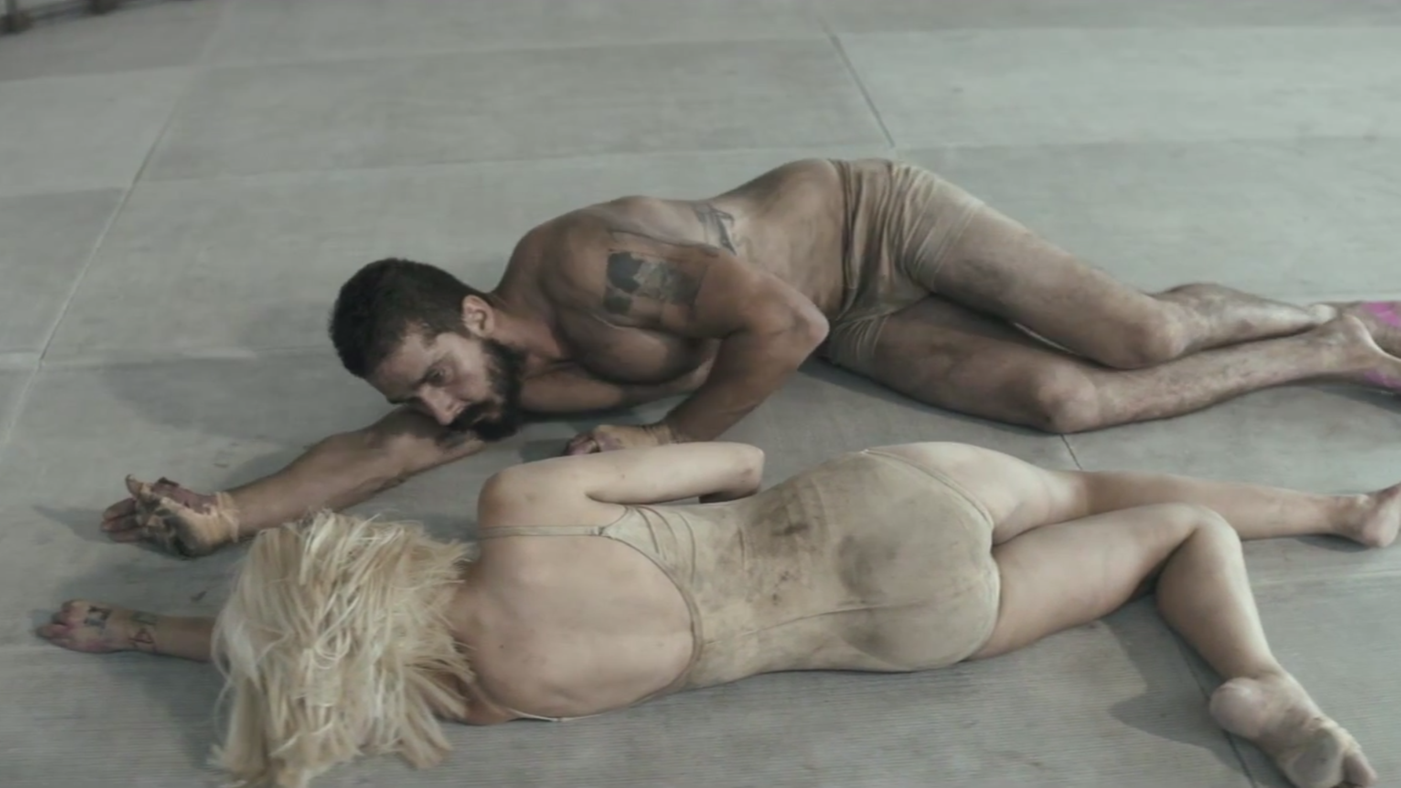By Mitch Huttema (The Cascade) – Email
Print Edition: January 28, 2015

Sia recently released her music video for “Elastic Heart,” a song she wrote for 2013’s Catching Fire soundtrack. The video features Maddie Ziegler, who also appeared in Sia’s previous hit music video for “Chandelier,” starring alongside Hollywood actor Shia LaBeouf. Similar to Sia’s previous video, this video is populated largely by flowing footage of interpretive dance.
The video’s content has stirred controversy across social media platforms and elsewhere. Commenters claim that it conveys a pro-pedophilia message and that the exchange between LaBeouf and Ziegler encourages child-predation. I disagree.
For the duration of the video, LaBeouf and Ziegler engage in a close-quarters interpretive dance within a cage. LaBeouf is outfitted in skintight nude short shorts and scuffed all over with dirt. Ziegler is equally dirty and wearing a nude leotard similar to her costume in the “Chandelier” video. The dance involves close interaction between its two participants, with Ziegler entertaining child-like temper tantrums and wolfish snarls. At one point, LaBeouf pulls himself up the side of the approximately 10-foot-high dome cage and drops down just overtop of Ziegler, who lies prone on the ground.
In a documentary interview for DanceOn’s “The Edge” series, Sia expresses that in the music video, LaBeouf “is working with Maddie as if she is one of his self-states, maybe an inner child, or maybe like one of his demons.” In the same documentary, choreographer Ryan Heffington says that the cage in which they dance “is kind of the skull — you beat yourself up, you’re loving to yourself.” Regardless of her original intentions, Sia made a public apology over Twitter, claiming that her “intention was to create some emotional content, not to upset anybody.”
As Sia says, this video has nothing to do with pedophilia and does nothing to encourage it. The closeness between LaBeouf and Ziegler taken out of the context of the dance seems questionable of course, but their actual interaction has no sexual innuendo.
The dance speaks to the psychological tension between the two participants. Ziegler acts as a sort of primal being, snarling and chasing LaBeouf around the cage with LaBeouf in turn trying to calm and befriend the “beast.” From an interpretive standpoint, Ziegler’s character is much too aggressive and vicious to represent a child in the dance. The accusations of pedophilia can only be on a strictly physical plane as the psychological one is too chock-full of struggle and depth to even allude to the issue.
It could be argued that directors Sia and Dan Askill could have found two actors with a smaller age-gap for these roles. The debate about the video raises important questions: How far can art go to portray its meaning while pushing regular societal boundaries? Is it okay to raise potential pedophilia issues in the name of seeing that meaning come through?
There are definitely limits that artists should adhere to, simply so that they dwell within the limit of the law. However, art has always been a field for pushing boundaries and really getting to the human soul. In this case, I would say forget the critics; the video is aesthetically pleasing and an incredibly visual way of representing Sia’s own psychological warfare.

